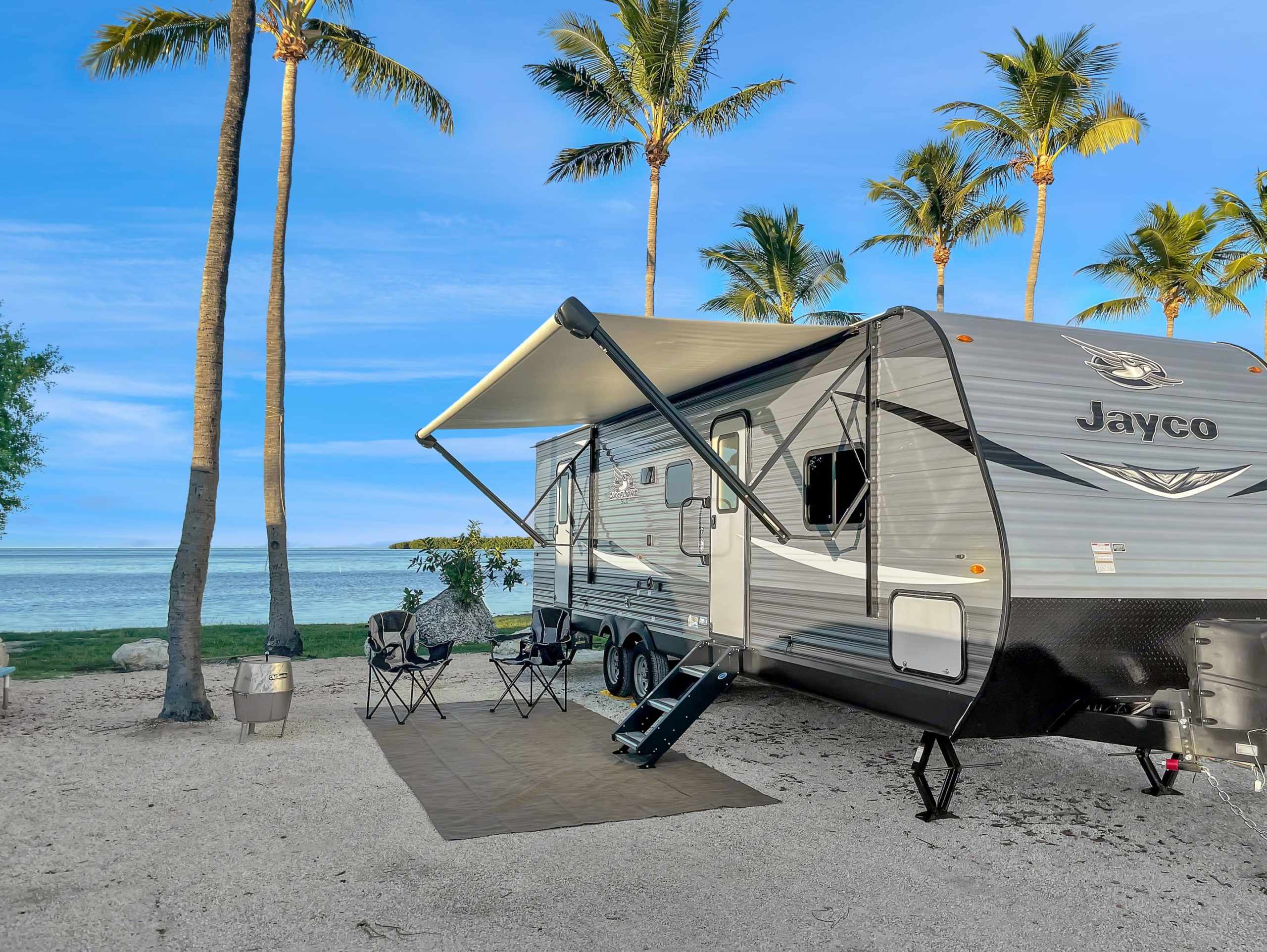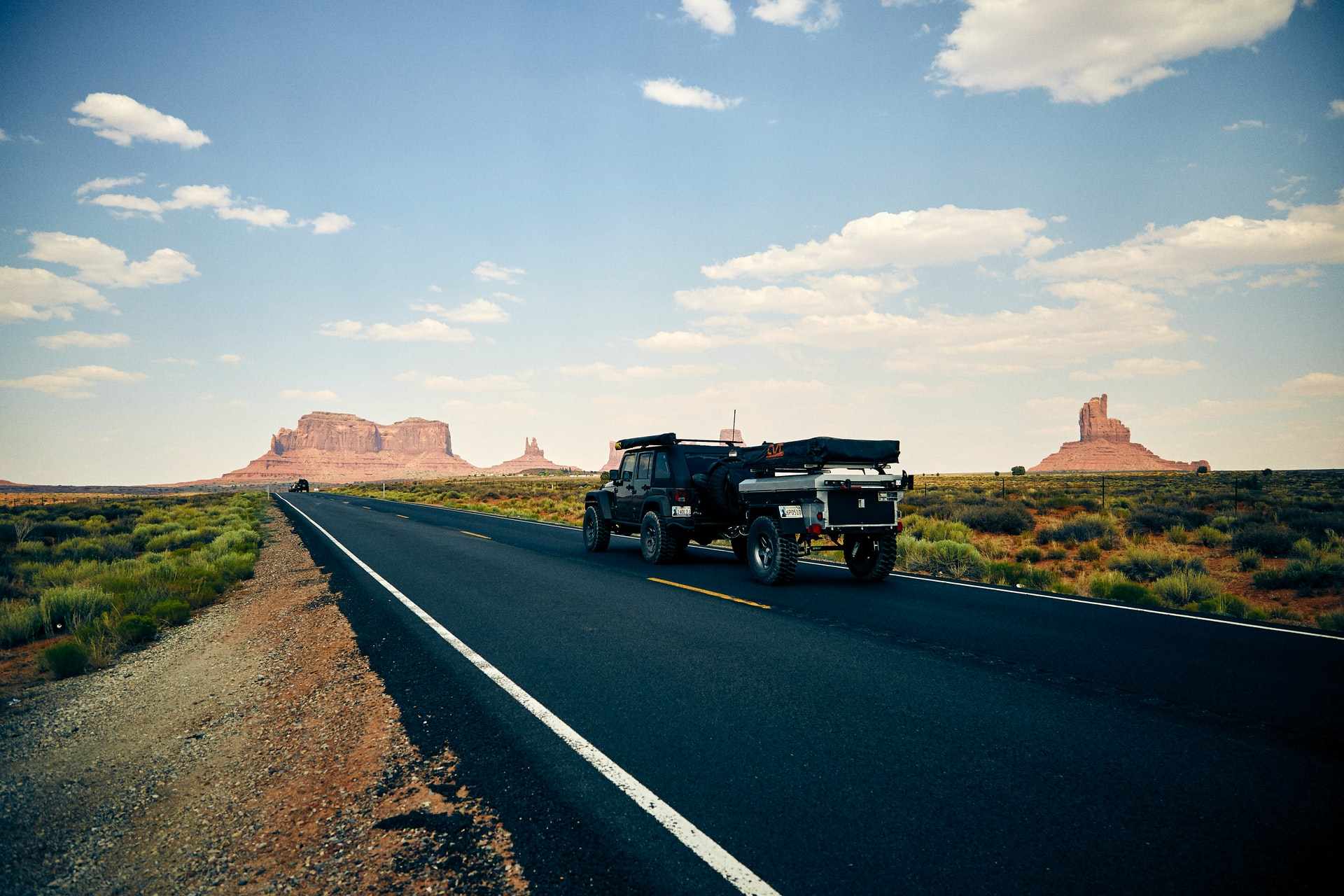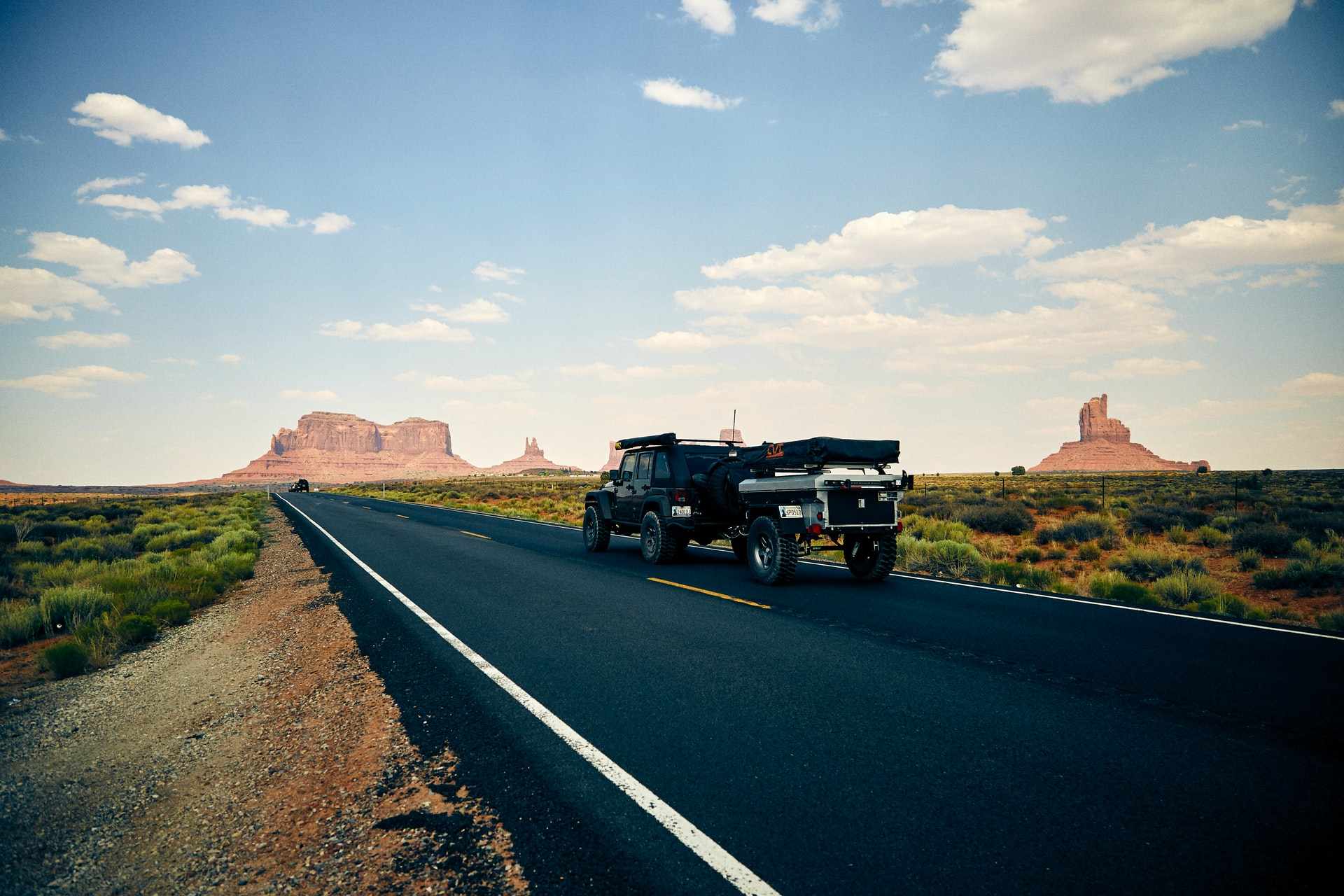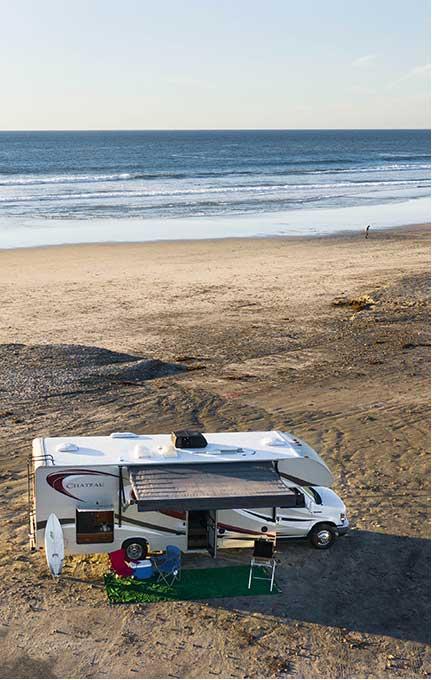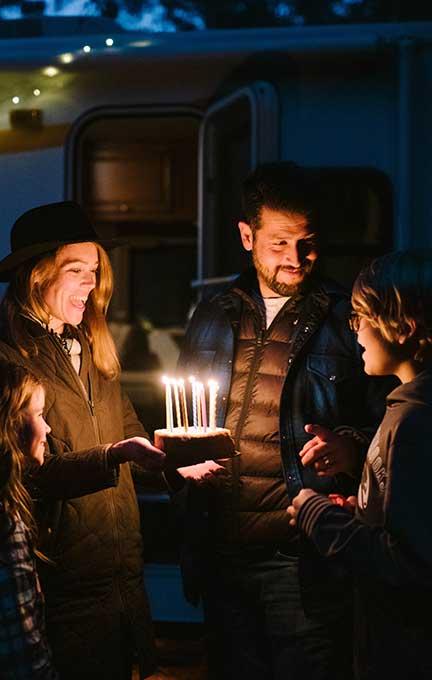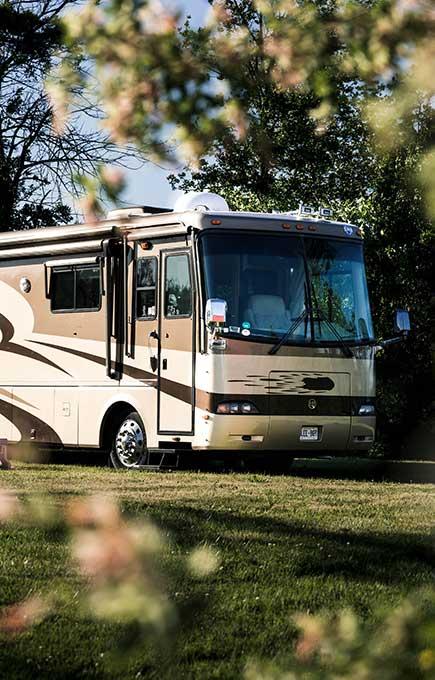The 1970s were a pivotal time in the history of the American recreational vehicle. Terms like environmentalism, conservation, and “living off the grid” were becoming a part of the American lexicon. The gas crisis hit, forcing drivers and automobile makers to be more wary of fuel consumption. Recreational vehicles evolved along with these new lifestyle trends, as did the campgrounds, parks, and roads on which they traveled. Learn more about 1970s Vintage RVs in this mini-history.

Before the gas crisis, companies like Chrysler were making virtually every kind of vehicle, including recreational ones. Chrysler is credited with the first nationwide motorhome sales during this period, creating popular models like the Sportsman based camper van line, and continuing to develop campers attached to a Dodge truck chassis.
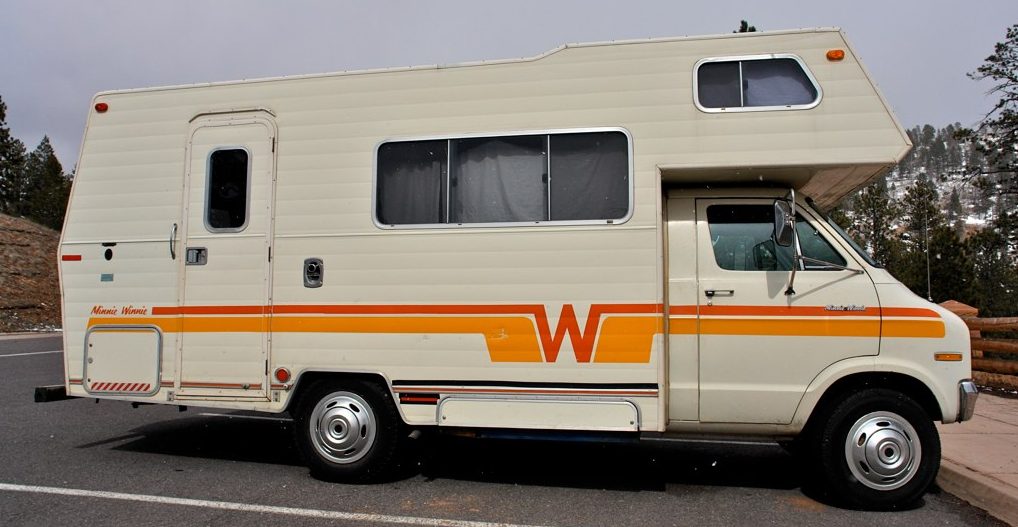
This was also the decade when the Winnebago RV made what is now an immortal impression on the road, another favorite for either restoration or renovation. Winnebago was the first company to challenge Airstream’s dominance in the commercial RV market. This upstart company, which was officially incorporated in the late 1960s, became such a beloved cultural icon that the brand name became another way to say “motorhome.”

The Airstream Argosy was only made from 1974 to 1979, and is also a rare find for vintage RV enthusiasts. It was during this time that Airstream moved out of California and to its new plant in Ohio, which still serves as the major Airstream manufacturing plant.

Other companies would also design RVs based on the “camper van” concept that combined living space with more fuel efficient vehicles, but few would last into the next decade.

The gas crisis that devastated the American driver would also take its toll on the companies that made RVs. National parks, travel, and the RV lifestyle was also evolving. Life on the road would never be the same again.
Here’s a great article about the Phoenix from Jalopnik.
